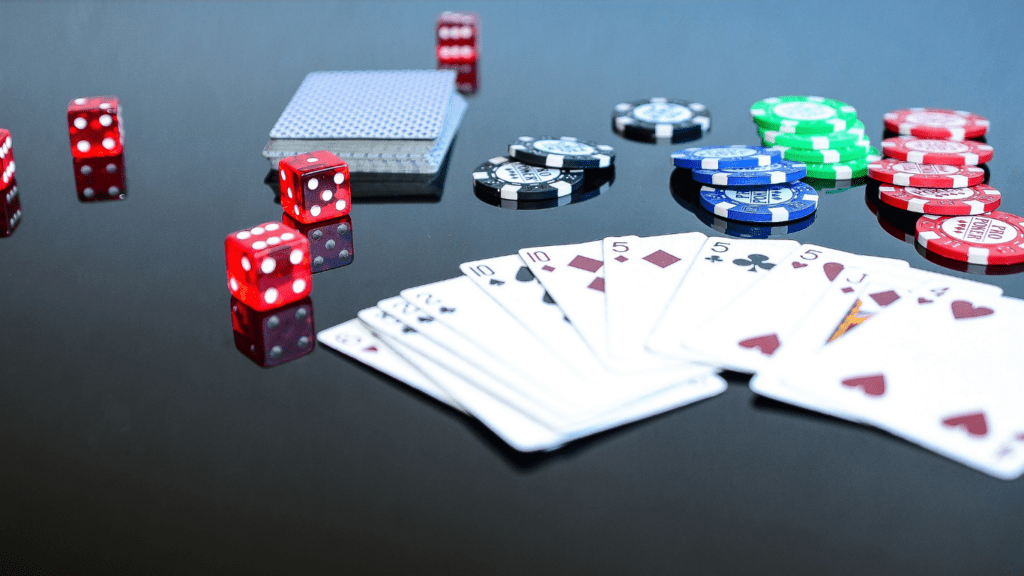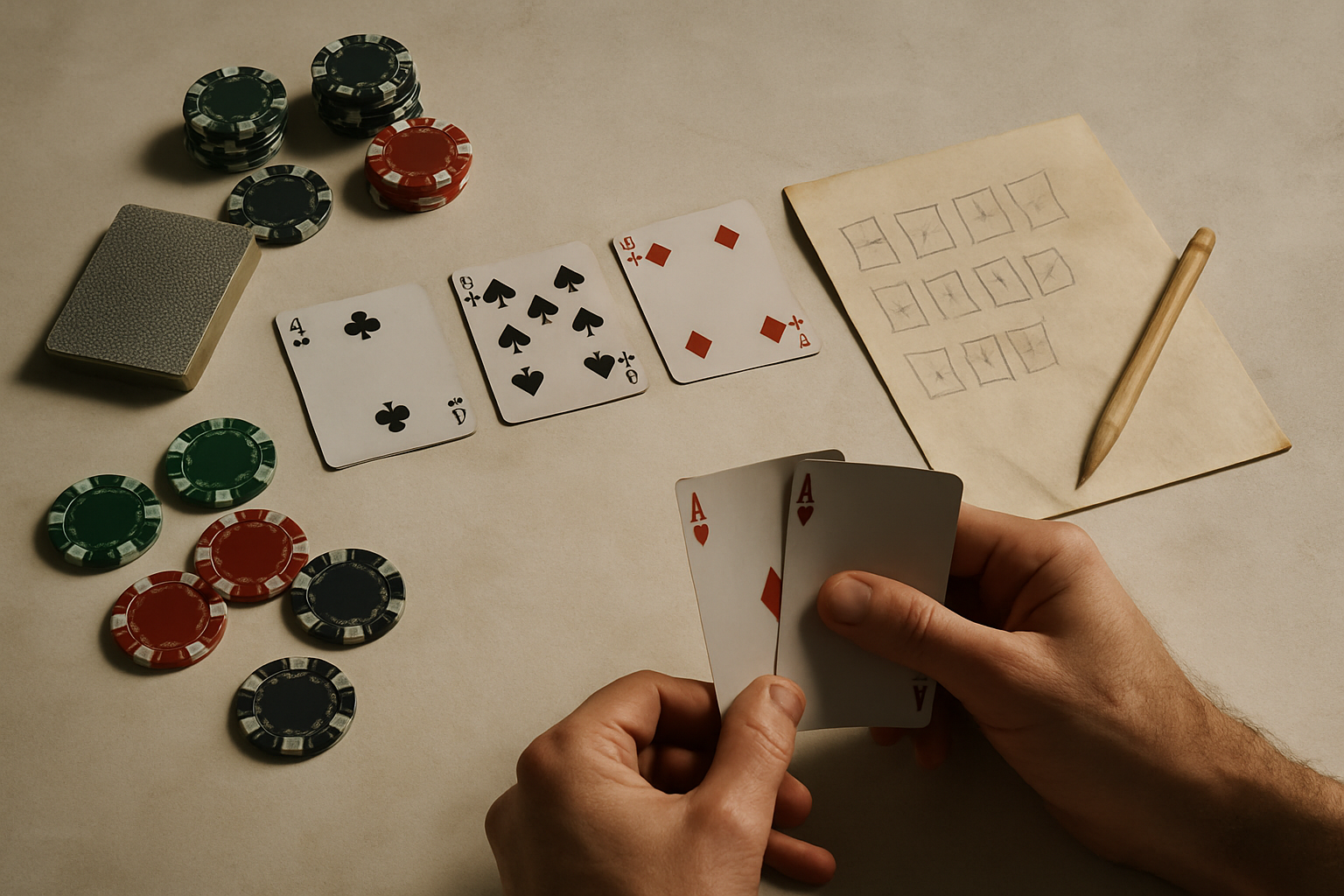Ever wondered how professional poker players make those split-second decisions that seem to defy logic? In the world of poker, understanding pot odds and expected value is the key to strategic gameplay.
As a beginner, grasping these concepts can elevate your game and give you a competitive edge at the table. When I first delved into the realm of poker, deciphering pot odds and expected value seemed daunting. However, as I immersed myself in the intricacies of these fundamental principles, my gameplay transformed.
In this beginner’s guide, I’ll walk you through the basics of pot odds and expected value, empowering you to make calculated decisions and outwit your opponents.
Mastering pot odds and expected value is not just about luck; it’s about equipping yourself with the knowledge to make informed choices. Join me on this journey as we unravel the secrets behind these essential pillars of poker strategy.
Overview of Pot Odds and Expected Value in Poker
Understanding pot odds and expected value is essential for strategic gameplay in poker. Mastering these concepts has significantly improved my game and can do the same for beginners. Success in poker hinges on making informed decisions, not relying on luck.
By delving into these foundational strategies, players can enhance their skills and gain a competitive edge.
Importance of Pot Odds for Poker Beginners
Understanding pot odds is essential for beginners in poker as it helps in making informed decisions during gameplay. By calculating pot odds accurately, I can determine the probability of winning a hand versus the size of the bet.
This calculation is crucial for making strategic decisions at the poker table.
Calculating Pot Odds
When calculating pot odds, I consider the ratio between the size of the bet I need to call and the total size of the pot. For example, if the pot contains $100 and my opponent bets $20, the pot odds are 100:20 or 5:1.
This means I would need to win at least 1 out of 5 times to break even in the long run. Calculating pot odds allows me to determine whether the potential reward justifies the risk of calling a bet.
Applying Pot Odds in Decision Making
In poker, applying pot odds in decision making helps me avoid making costly mistakes. If the pot odds suggest that my chance of winning is higher than the ratio implies, it may be a favorable decision to call or raise.
Conversely, if the pot odds indicate a lower probability of winning than the ratio suggests, it might be better to fold. By using pot odds effectively, I can make calculated decisions that increase my chances of success in poker games.
Understanding Expected Value in Poker
Calculating Expected Value
In poker, calculating the expected value (EV) of a decision is crucial for strategic gameplay. It involves determining the potential long-term profitability of a particular move based on the probability of outcomes.
To calculate EV, multiply the probability of winning by the amount you stand to win, then subtract the probability of losing multiplied by the amount you stand to lose. Understanding this concept helps in making mathematically sound decisions that can maximize profits over time.
For example, if the EV of calling a bet is positive, it suggests that, on average, the decision will yield a profit in the long run. On the other hand, a negative EV indicates that the decision is likely to result in loss over time. By consistently evaluating EV in different game situations, players can make strategic choices that lead to overall profitability.
Practical Examples of Pot Odds and Expected Value in Poker
In poker, applying the concepts of pot odds and expected value can greatly impact your gameplay. Let’s delve into some practical examples to illustrate how these principles work in real scenarios.
Pot Odds Example:
- Suppose I’m in a Texas Hold’em game, and the pot contains $200. My opponent bets $50. To calculate the pot odds, I divide the total pot size ($200) by the bet amount ($50), giving me pot odds of 4:1.
- This ratio implies that I need to win at least 1 out of every 4 times to break even in this situation.
Decision Making Using Pot Odds:
- Based on the pot odds, I assess the likelihood of my winning hand. If I believe my chances of winning are greater than the odds imply, I may consider calling or raising the bet.
- Conversely, if the pot odds suggest a lower chance of winning than the ratio indicates, folding could be the optimal choice to avoid incurring losses.
Expected Value (EV) Calculation:
- Let’s say I have calculated my probability of winning a hand at 30% and the potential winnings are $100. The EV can be determined by multiplying the winning probability (30% or 0.3) by the potential winnings ($100), resulting in $30.
- Subtracting the potential losses (70% or 0.7 multiplied by $50) from this, I get an EV of $30 – $35 = -$5.
- Evaluating the EV helps me make strategic choices. A positive EV indicates that my decision is profitable in the long run, whereas a negative EV signals a likely loss.
- Consistently considering EV in different game scenarios allows me to make mathematically sound decisions that enhance my overall success in poker.





